Affiliate links on Android Authority may earn us a commission. Learn more.
Camera shootout: Samsung Galaxy S9+ vs iPhone X vs Samsung Galaxy S8 vs Google Pixel 2 XL
March 24, 2018
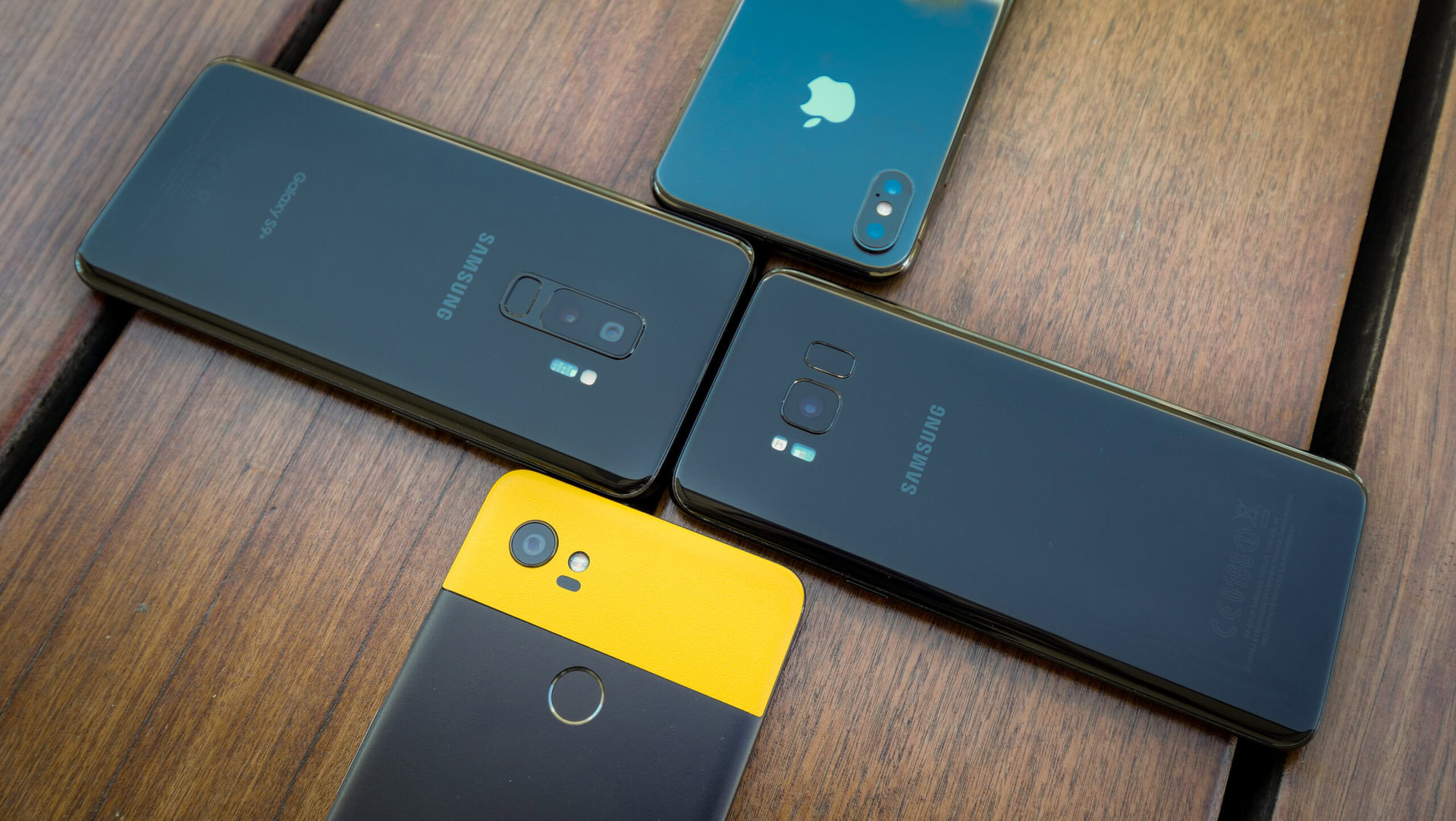
Flagships like the LG G7, Samsung Galaxy Note 9, and others may still be months away from launching, but with the release of the Samsung Galaxy S9 and S9 Plus, a fresh camera comparison was definitely due (especially considering the S9 line-up is all about that dual-aperture shooter).
We put Samsung’s newest flagship (specifically the Plus version) up against the iPhone X, Google Pixel 2 XL, and the Samsung Galaxy S8 – arguably the most competitive smartphone cameras around right now. In this camera shootout, we took a variety of sample shots to push these cameras to their limits, focusing on color, detail, landscape, HDR, panorama, portrait, and selfies. Some were taken at night, others during the day.
How did they all stack up? Let’s find out.
Before we dig into this comparison, we would like to emphasize the images in this post have been compressed and resized for web purposes. The representation of quality isn’t insanely affected, but you will be able to catch more details from the full images if you pixel peep. For those of you who would like to do so, here is a link to a Google Drive folder with all the original files.
Color
Every camera should strike a balance between aesthetics and accuracy. Here we paid attention to how each phone handled color reproduction and saturation.
This shot is pretty hard for most cameras to work with. There is excessive sunlight coming from the back, plenty of buildings in the background, and a lot of color in the front. Most phones would struggle to handle all those layers well.
I would say the Samsung Galaxy S9 Plus did a better job exposing this image and bringing out the colors in the Angel’s Flight cart. It is not too saturated, nor does it have any weird elements. Even though the sun is very strong in the background, the phone manages to get accurate hues in the entrance, buildings, and plants. We can also see more details in the trees, grass, and entrance.
The iPhone X didn’t do so well. The colors may seem more saturated, but the camera is actualy just under-exposing. The image is dark — likely caused by the contrasting light in the background.
The Samsung Galaxy S8 demonstrated a similar effect, but at least it managed to catch better details. I don’t like the washed-out colors in the Google Pixel 2 XL.
Most cameras can take a great shot in broad daylight, but only show their true colors in dark places — literally.Edgar Cervantes
Most cameras can take a great shot in broad daylight, but only show their true colors in dark places — literally. Not only was this Japanese dish delicious, but it was also very colorful. Since we were in a dimly lit restaurant, it seemed obvious to take some sample shots.
This fishy situation turned out to be a great camera test opportunity, as we can see rather contrasting results here.
Read more: Samsung Galaxy S9 camera vs Pixel 2 camera
The Samsung Galaxy S9 Plus and the iPhone X clearly reproduced color the best. The phones created more vibrant photos which just make you want to devour the dish. The S9 Plus seemed to have the upper hand here, as its image was generally better exposed and the white balance was more on point. The iPhone X photo is a little too much on the warmer side.
The iPhone X captured more detail, but we aren’t focusing on pixel-peeping in this section, and the difference is not enough to take the Galaxy S9 Plus off the top place.
The Google Pixel 2 XL and Samsung Galaxy S8 did fine, but weren’t all that impressive. At the end of the day, the Galaxy S9 Plus shot made us salivate, and that is what matters!
Nothing like Mexican candy in a mid-light scenario to get those shutters going. This image is especially valuable because of how busy it is. There is a plethora of shadows, colors, and layers, which means we can compare color reproduction, as well as contrast and exposure.
The S9 Plus' wider aperture, and resulting narrower depth of field, was noticeable, however.Edgar Cervantes
The Pixel 2 XL gave us motion blur, washed out colors, and an overall darker image. The iPhone had a crisp shot, but it was also a little too dark, which trumps the saturated and vibrant colors.
The clear winners here are the Samsung Galaxy S9 Plus and the Galaxy S8. Out of these, the S9 Plus makes for a more aesthetically enticing photo. The colors pop a bit more, it is evenly exposed and it is an overall better image.
The S9 Plus’ wider aperture, and resulting narrower depth of field, was noticeable, however. Its photo had more out of focus areas. This is an issue if you want to get more stuff in focus towards the front and back of the subject, but you can always go into Pro Mode and force the phone out of f/1.5.
Cameras just don’t know what to do in dark bars, especially when it comes to color. Some are too cold, others too warm. If it doesn’t know how to handle tint in the dark, you will often end up with images that are too green or purple.
This happens to be a pretty tough call, as all phones actually did pretty well. There are some slight differences once you start looking closer, though.
The Galaxy S9 Plus couldn’t get the right white balance — it is a little warm. Out of the other 3 phones, the Pixel 2 XL did a better job capturing colors. The purples and oranges in the front handles look significantly more vibrant and better exposed.
Winner: Samsung Galaxy S9 Plus
Detail
A picture can look pretty at first, but real quality is always in the details. How does it look zoomed in?
To start off our look at the details, let’s get back to what matters — delicious food. Those Instagram shots need to look as delicious as possible, and part of that is capturing the little details in your grub. In this image we got up close and personal with some sushi rolls.
Those Instagram shots need to look as delicious as possible, and part of that is capturing the little details in your grub. Edgar Cervantes
We focused on the two rolls to the front — specifically the tuna slice and filling — where we could catch the most detail. The Google Pixel 2 XL and Samsung Galaxy S9 Plus did the best job here.
It’s the little things, like the fibers and textures in the tuna, which don’t get blurred away, that make the sample shots from these two phones so good. Even individual rice grains and filling in the front piece are noticeably more detailed.
Meanwhile, the Samsung Galaxy S8 test shot looks a bit too soft, and the iPhone X image just looks like the whole roll is made of some kind of jelly.
This one is a bit simpler to grade. All we have to do is lock into a small area of the image and compare. We set the focus to the building in the back, so that is where we’ll zoom in.
There is no way around it. The Samsung Galaxy S8 takes this round by far. The image is better exposed. The colors are more true-to-life. Even the white balance is better (look at the clouds). Zooming into that building shows the S8 handles details from afar better, too. You can see architectural elements, recognize every window, and there is no sign of over-processing.
There is no way around it. The Samsung Galaxy S8 takes this round by far.Edgar Cervantes
On the other hand, the Samsung Galaxy S9 Plus photo looks likes it was softened to reduce grain too much. The iPhone X and Pixel 2 XL shots are dark, grainy messes.
All the images look great when zoomed out, though even then, the Galaxy S8 photo beats the others.
This one was a bit tougher, simply because there is so much detail in the image. First, we looked at the stone wall behind the taller cascade.
The stone has plenty of detail and it was easy to recognize the Pixel 2 XL and the Samsung Galaxy S9 Plus did the best job capturing it. The iPhone X over-softened the image and the S8 simply didn’t catch as many grooves and cracks as the others.
Zoomed into the grass foliage hanging off the smaller waterfall cliff, the Galaxy S9 Plus clearly captured more shadows, lines, and details. It even captured individual bubbles in the water better.
The Samsung Galaxy S9 Plus had the prettiest picture here, but the Pixel 2 XL and Galaxy S8 produced so much detail you can almost feel the texture of this flower. They caught the most detail in texture, even showing some of the veins in the petals.
Is it a fox or a coyote? Doesn’t matter! What we care about here is all the detail in the metal — there’s plenty to capture. The canine had a lot of different tones, textures, and lines, and since it was pretty dark in this plaza, catching them was a bit tricky.
After close analysis, the Samsung Galaxy S9 Plus and the Google Pixel 2 XL had the best results. Look at the area surrounding the right eye — the lines above and below the eyelids are much more noticeable in the S9 Plus and Pixel 2 XL photos.
I feel like the Samsung Galaxy S9 Plus blends the lines a little more, though. It also failed to clearly catch the material’s texture, which the Google Pixel 2 XL did very well.
In our last detail shot, the Google Pixel 2 XL takes the top spot once again. Just look at the meat; you can recognize individual strands, grease and even the oil. Another good spot to compare is that fry to the front of the image – you can almost feel how crisp it is.
Winner: Google Pixel 2 XL
Landscape
For smartphones, landscapes are especially hard to take. Usually, there is a lot going on. There’s often a mix of plants, buildings, natural terrain, and other elements. Furthermore, it’s hard for cameras to determine what to expose. Some areas are overly bright. There are also often strong shadows, considering these shots are usually taken in direct sunlight.
In this image, we play with dynamic range a bit. The front layer is in the shade, while the buildings in the background are overly exposed by the sun. What we’re looking for here is to find which photo performs a better balancing act between the harsh light of the background and the lower exposure of the foreground.
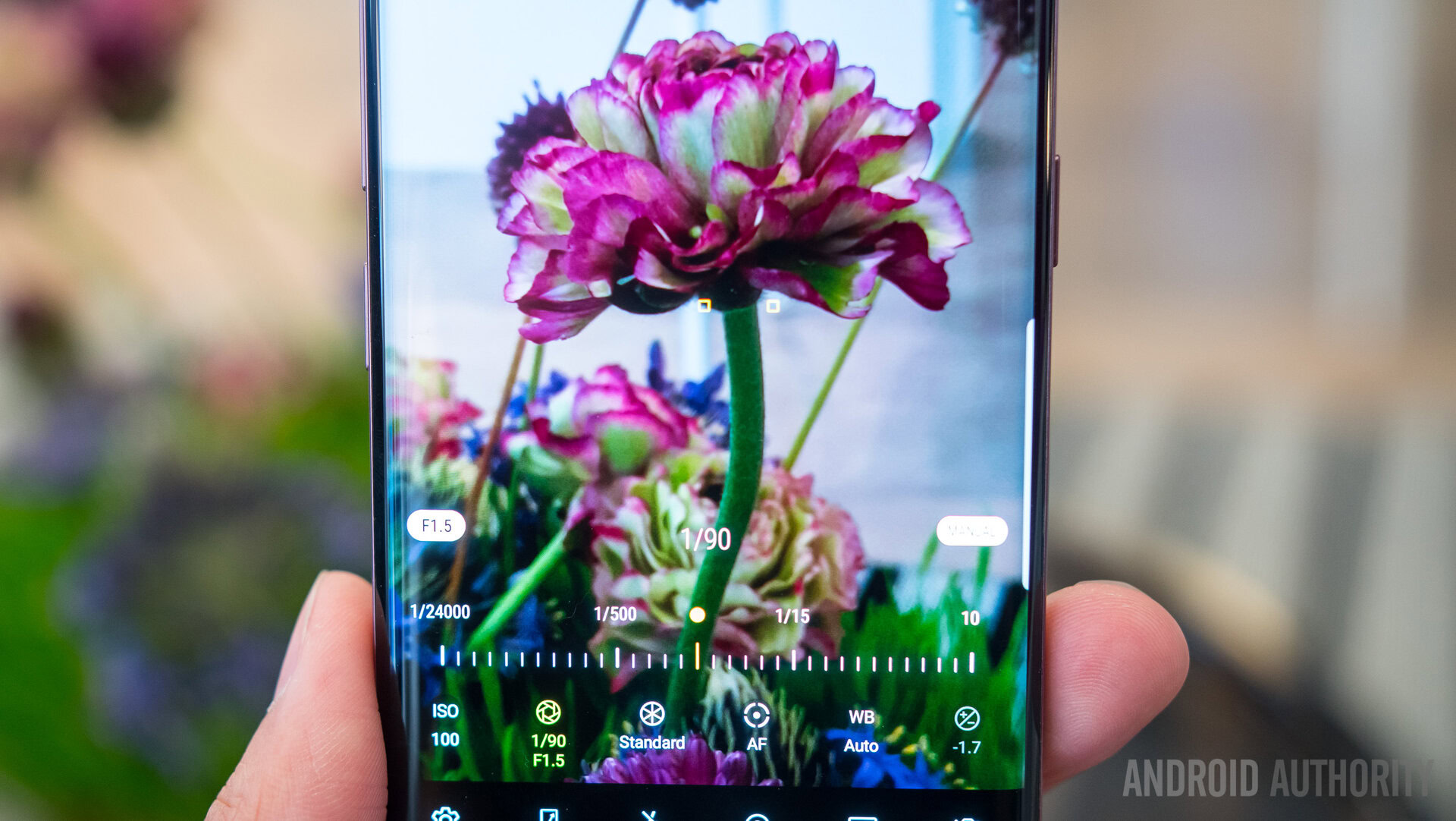
The iPhone X did a good job, but it oversaturated colors, and you can tell the image is more processed overall. The Pixel 2 XL photo showed a good representation of the scene, but I still think it was a bit under-exposed. Meanwhile, the Galaxy S9 Plus image looks washed out and over-processed.
My winner here is actually the Samsung Galaxy S8. No part of the image is washed out, colors are vibrant, and the sensor managed to catch quite a bit of detail in both the background and foreground. It blew out the sky a bit — a problem the other cameras didn’t have — but we are not trying to capture the sky here.
In this last shot though, the Samsung Galaxy S8 under-performed. Its strong shadows killed the detail in the foliage. It is a pretty image, but it doesn’t leave much to look at once you scratch the surface.
The iPhone X and the Pixel 2 XL did a better job, but they didn’t get close to the level of detail of the Samsung Galaxy S9 Plus. You can see more plants in the shadows. The image is more evenly exposed and colors seem more natural than the over-saturated competition.
Winner: Samsung Galaxy S9 Plus
HDR
High Dynamic Range (HDR) refers to the level of luminance displayed across an image. The idea is to get exposure across a photo to be more leveled (higher exposure in the strong shades and balanced exposure in the overly bright areas).
For this test, we took multiple shots in which there was direct sunlight and strong shade in a single frame. Let’s take a look at them.
The Samsung Galaxy S9 Plus got more details all across the frame.Edgar Cervantes
There are three levels of light here: the sky, the tree and under the tree. The first thing we did was discard the images that didn’t properly expose the subject area (where Josh is). The iPhone X and Google Pixel 2 XL displayed very harsh shadows, despite having HDR activated.
This leaves us with the Samsung Galaxy S9 Plus and the Samsung Galaxy S8. The decision was simple. The Samsung Galaxy S9 Plus got more details all across the frame. You can admire the trunk, the leaves, and also the details in the clouds above. Meanwhile, the Galaxy S8 over-exposed the top of the tree and the sky. Details in the cloud simply disappeared.
The Google Pixel 2 XL showed a washed out effect in the foliage here, but at least it managed to keep the shade well exposed. This is not a perfect image by any means, but based only on HDR it wins this round.
Just when we thought the iPhone X wasn’t going to get any wins. Apple’s image is generally more evenly exposed, from the plants, to the bottom of the image, to the bright cactuses, there is more detail, better lighting, and a more appropriate HDR effect here.
The phones all did a horrible job with this one, which makes sense. It is a very hard picture to take and process. The items inside the store are very bright, and the light source is behind the subjects, which makes proper exposure difficult.
The phones all did a horrible job with this one, which makes sense.Edgar Cervantes
The Google Pixel 2 XL got more details out of the items in the lit up counter, and even caught some of our facial features and the colors off my camo gear. The iPhone X showed more of us, but it also completely blew out the products in the window.
This one was hard to grade, mostly because some images look better without necessarily achieving the HDR effect more accurately. The iPhone is obviously out of the competition. The Samsung Galaxy devices output nice-looking photos in this round, but we just had to give this one to the Pixel 2 XL.
Though the Samsung devices shot prettier photos, the Pixel 2 XL handled the HDR better. It may be a bit under-exposed, but it is much more evenly exposed, which is the whole point of HDR. The difference is stunning!
Notice how the Google Pixel 2 XL managed to capture details from the brick wall, without blowing out the lit up areas. Meanwhile, we can still admire the frame and have quite a bit of data from the beer.
Winner: Google Pixel 2 XL
Panorama
We had to make this specific test a little harder on the cameras to better see how they perform. From exposure, to color, to stitching, getting a panorama right is already hard. Ultimately, though, they all tend to handle it very well in broad daylight. Take these camera phones to a dark plaza and you can really see how they differ.
Really, Apple?!
Let’s move on. Out of the 3 real contenders here, the Samsung Galaxy S8 made the blurriest photo, with weird color tones and a darker exposure. The real competition is between the Pixel 2 XL and the Galaxy S9 Plus, so let’s take a closer look at those.
The Google Pixel 2 XL took a better photo, with superior exposure and tones, as well as more detail and less digital noise. But panoramic photos are all about the stitching, and we can see multiple discrepancies across the frame.
Meanwhile, the Samsung Galaxy S9 Plus took a slightly worse picture (still good), but with no stitching problems. Samsung takes this round.
Winner: Samsung Galaxy S9 Plus
Portrait
There are multiple factors to consider with these portrait photos. The camera has to recognize the subject and determine what is in the background and foreground to properly blur stuff out.
In order to properly replicate this effect, called bokeh, camera phones typically use multiple lenses to calculate the distance of objects within the frame. It’s a complicated process and the effect isn’t always properly recreated. That is mostly what we are looking for in these images, but they also have to look good.
The Samsung Galaxy S8 has no portrait mode, so it loses this round by default. It has selective focus, but that is usually a mess and doesn’t use the same technique as the other phones.
The iPhone X took what looks like a regular shot; an under-exposed one, at that. Both the Samsung Galaxy S9 Plus and the Google Pixel 2 XL had no idea what to blur out here. Only half of the tree has the bokeh effect in both cases. For some reason, the Google Pixel 2 XL also didn’t blur out the Chase sign to the left of the image.
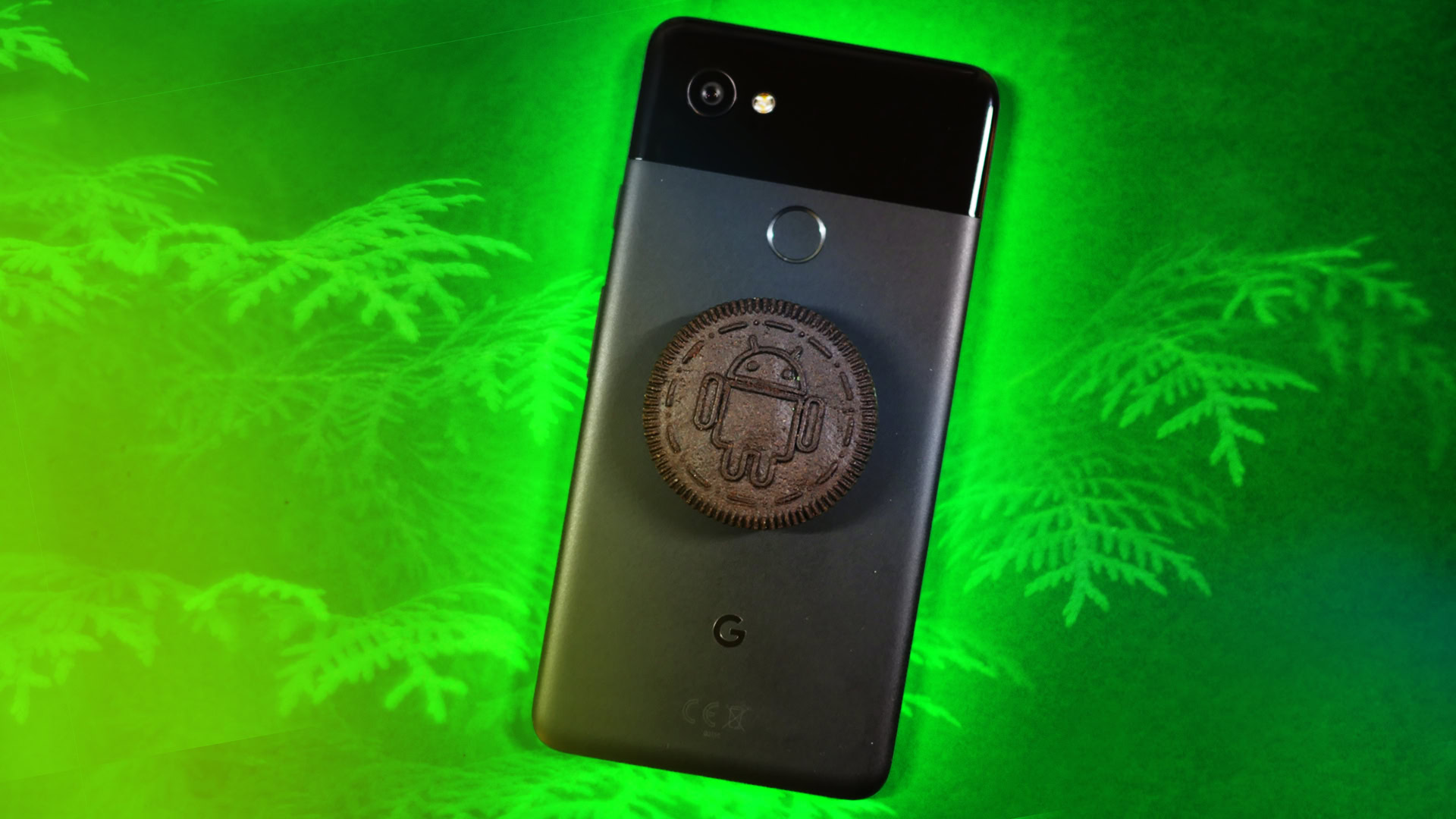
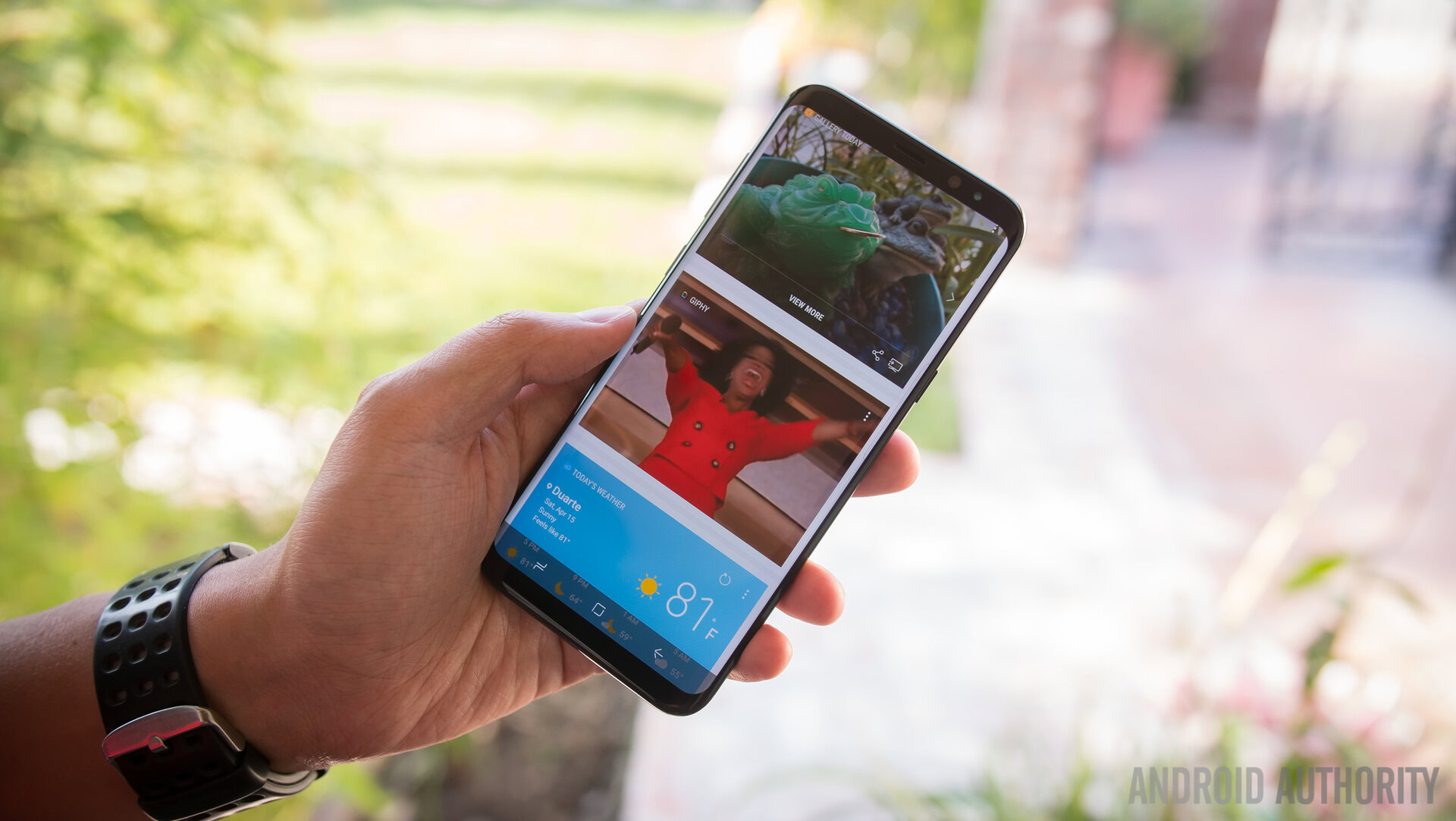
All the phones messed up here, so we will have to just tell you which phone produced the better-looking photo. The Pixel 2 XL’s picture isn’t over-softened, like those from Samsung’s phones, and is better exposed generally. We believe it handled the situation better but it was the best of a bad bunch.
First things first: try not to fall in love! Now, back to the photos.
The Google Pixel 2 XL messed up a bit here, leaving some trees and flowers in the background in focus when they shouldn’t be. The iPhone and Galaxy S9 Plus actually did a pretty good job, showing that natural sunlight helps a ton. I am especially surprised they were able to properly cut around my head, which is usually tricky considering all my hair and its random variations.
I saw no striking discrepancies with the portrait mode here, so the winner out of these two just had to make a better-looking image. I believe this to be the Samsung Galaxy S9 Plus, which managed to better capture my skin tones and has slightly better-exposed shadows.
I don’t need to say much here. The iPhone X did a horrible job with the exposure and skin tones. The Pixel 2 XL photo is under-exposed and the Samsung Galaxy S8 did a mess of a trimming job. Galaxy S9 Plus it is.
iPhone X, go home. You’re drunk.
iPhone X, go home. You're drunk.Edgar Cervantes
The real fight here is between the Samsung Galaxy S9 Plus and the Google Pixel 2 XL. Samsung’s phone over-softened and had slightly worse exposure, so the clear winner is the Google Pixel 2 XL.
Google’s photo actually did pretty well. It left us completely in focus and trimmed the background pretty well. The bokeh effect would be nearly perfect if it wasn’t for the branches in focus to the left of the image.
Winner: Tie between Samsung Galaxy S9 Plus and Google Pixel 2 XL
Selfie
Call me crazy, but I think the older Samsung Galaxy S8 took the best selfie. It has a natural bokeh we can’t complain about, and the rest of the image is well exposed. There is a good balance between softening and detail, too.
The Samsung Galaxy S9 Plus over-softened the skin, and got rid of some of Josh’s distinctive freckles and facial features. The iPhone X did a good job capturing those elements, but it didn’t do well with skin tones or the portrait effect. The Pixel 2 XL image is pretty good, but under exposed.
Don’t miss: Google Pixel 2 selfie portrait mode tested
Apple just keeps messing up with exposing skin. I am sure all you Android fans will be pretty happy about these results!
Anyways, I am not the best looking, so I like having a good selfie camera to make things look better. Like any person with eyes, I am obviously not happy with the iPhone X’s shot, so let’s look at the others.
The Google Pixel 2 XL did a better job capturing details in my hair, beard, and skin.Edgar Cervantes
The Google Pixel 2 XL did a better job capturing details in my hair, beard, and skin. It also has no weird tones or elements, but it feels a tiny bit over-edited. Regardless, it manages to look better and more crisp than the warmer Galaxy S8 shot and the purple-tinted Galaxy S9 Plus photo.
Winner: Tie between Samsung Galaxy S8 and Google Pixel 2 XL
Which is the best overall camera phone?
We know the camera is a very important factor when deciding which will be your next smartphone. All eyes are on the Samsung Galaxy S9 Plus, due to its recent release and substantial hype. We know you are trying to figure out if the new dual aperture setup is really all that.
If we measure by points, giving one to a phone every time it is a winner (in ties both phones get a point), the results look like this:
Samsung Galaxy S9 Plus: 4 points
iPhone X: 0 points
Google Pixel 2 XL: 4 points
Samsung Galaxy S8: 1 point
The Samsung Galaxy S9 Plus seems to be one of the best compared to its main competition and its predecessor. But it’s only “one” of the best. It didn’t really beat the Pixel 2 XL.
On paper, the dual aperture and improved camera appears to be a revolutionary step for the industry, and it very well may be. Mechanical aperture control is something that might eventually change the game, but there are many other factors involved in making a great photo.
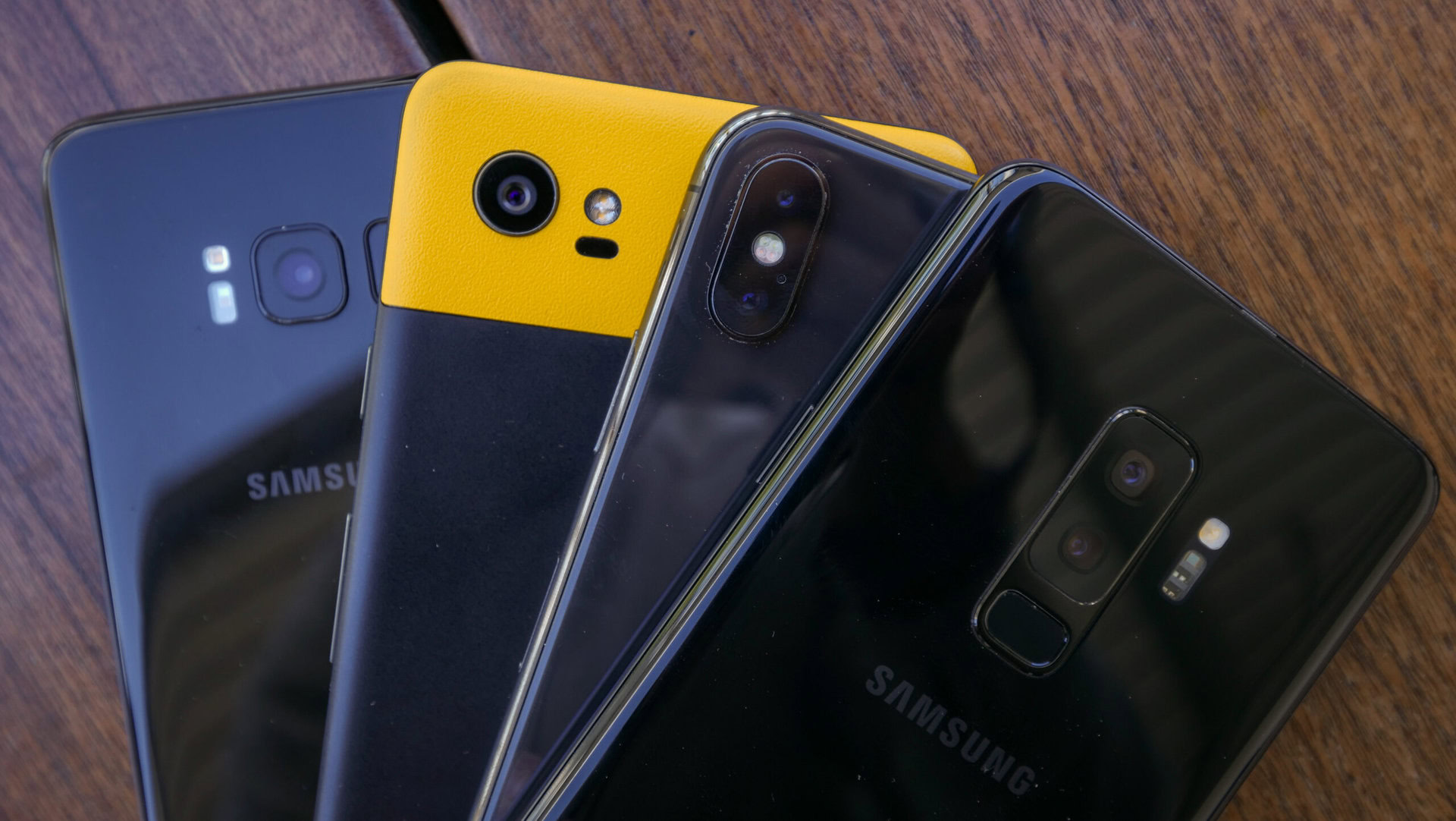
Maybe you like the Samsung Galaxy S9 Plus camera better — what you appreciate in photos can, of course, be different to what I value. But even if that was the case, our subjective differences in assessing the camera performance above still probably isn’t going to be significant enough to really sway you away from a phone like the Google Pixel 2 XL. The S9 camera is excellent, and if you like Samsung phones, it’s great. If you lean more towards the Pixel end of the spectrum though, you’re not missing out on anything.
The S9 camera is excellent, and if you like Samsung phones, it's great. If you lean more towards the Pixel though, you're not missing out on anything.
The Galaxy S9 Plus is definitely up there with the best camera phones in the industry. If you like Samsung and are looking for a new phone, you can be proud of its shooter and how well it performs, it really is fantastic. You might not want to upgrade if you are already happy with your current phone and its camera, though, because despite all the marketing hype, the camera isn’t light years ahead.